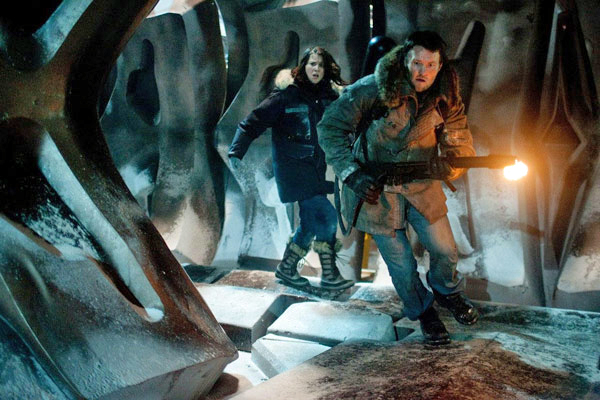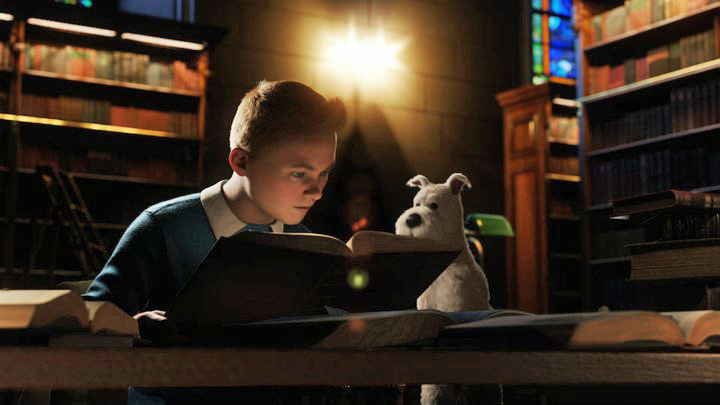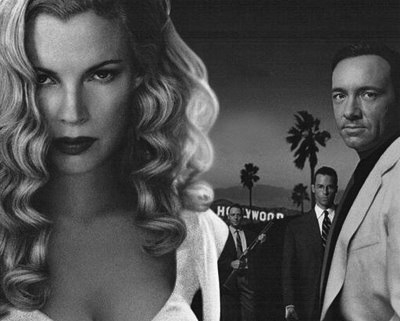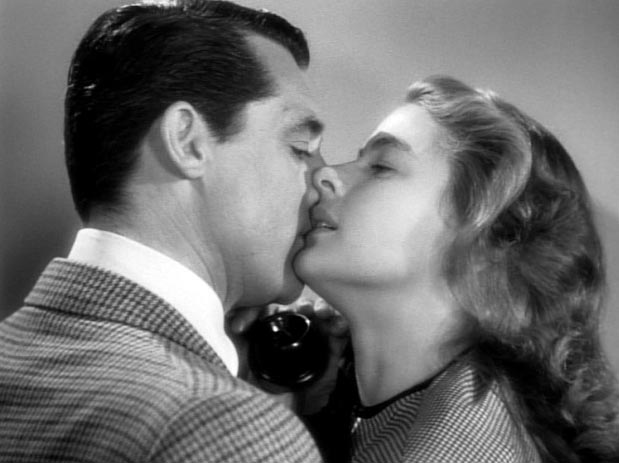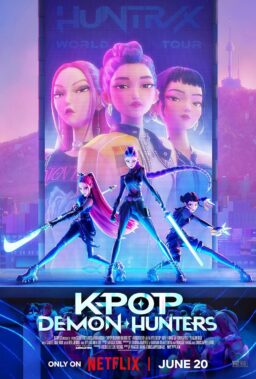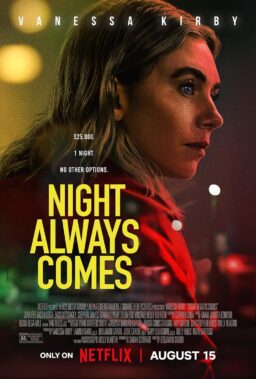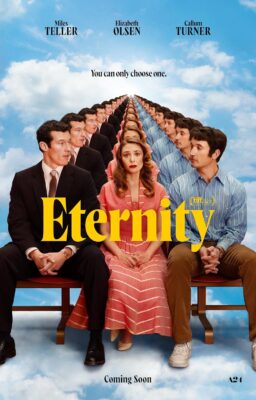Q. Lucasfilm has been threatening to withhold further promotional materials for “Star Wars — Episode I: The Phantom Menace” from theaters if the posters and preview trailers are not returned by January 14, 1999. Why must all the promotional materials be withheld from the public as collector’s items? (Jeff Young, Lake Elsinore, CA)
A. I consulted Andy Ihnatko, the Answer Man’s “Star Wars” guru, who adds: “A pal of mine who’s a theater manager confirms that the boys at Lucasfilm are being very tight with the stuff. They consider the posters and other materials property of Lucasfilm, and are demanding proof that they never leave the theater. If that gorgeous one-sheet should go “missing,” the theater absolutely won’t get a replacement, though no one believes that a stolen poster will cost them a booking. The trailer is a different matter. Managers are willing to play Chicken with the posters, but the consequences of not returning the trailer intact to Lucasfilm could not have been more menacing if they had been voiced by James Earl Jones himself, according to my pal.”
Q. The funniest, best-written movie I’ve seen this year is “The Opposite of Sex.” When I watched it on video today, I was horrified to discover they’d taken out one of my favorite lines! In her narration, DeDee says that Matt almost got fired from his job at Kinko’s. In the theater, the line finished, “and you know how hard it is to get fired from Kinko’s. It’s like the post office. You practically have to start shooting people.” I rewound twice and checked my hearing, and the answer was clear: The last part of the line was taken out from the video release. This was a line they even used in the print advertisements, if I recall correctly. What happened? (Tim Tori, Glendale, CA)
A. Don Roos, director of the film, explains: “Your reader is correct. It was a line used, unwisely, as it turns out, in the print advertising. Some lawyer from Kinko’s was offended and protested to the studio, and we agreed to remove it from the video version (it would have been prohibitively expensive to remove it from the theatrical prints). I took so many swipes at so many institutions and people in this movie–there really isn’t anybody left to offend–that I can’t complain if one of those swipes failed to make it to video. And I need the people at Kinko’s to like me because sometimes they throw in free brads.”
Q. I have a theory about Todd Solondz‘ movie “Happiness.” I think Allen, the loner who makes obscene phone calls, and Billy, the son of the pederast, are intended to be the same person, seen at two different stages in life. Take a look at their similar physical characteristics, then factor in what Billy might grow up to become after living the childhood he is in. I thought of this when I saw the movie for a second time and noticed that Todd Solondz draws slight attention to both characters’ glasses being removed before going to sleep. When I started to think about the other similarities, I was convinced. (Josh Harris, Los Angeles, CA)
A. Todd Solondz replies: “Few people who wear glasses do not take them off before going to sleep. If there is such a connection to be made between Allen and Billy, it is unconscious and unintentional–though certainly not unmeaningful. At the end of the movie I do, in fact, feel particularly hopeful for the fates of these two characters: Both of them have known love.”
Q. Kudos to Warner Bros. for their restoration of “The Wizard of Oz.” I was particularly excited about WB’s decision to release some prints in the new Technicolor process and the original 1 to 1.33 ratio. However, I noticed a disturbing problem at the Marcus Cinema in Addison. Although 85% of the screen was as bright and vibrant as I expected, it appeared dark around the bottom and right edges. I examined the projection window and noticed that duct tape was used to mask the screen image. What’s up? I understand that modern projectors are probably not fitted old aspect ratios, but why would the distributor agree to showing the film at this location if the only solution for the ratio problem was ragged duct tape? (Joe Bosslet, Schaumburg, IL)
A. Theater chains are cutting every corner they can in the projection booth. After the latest settlement with the projectionist’s union, there are only about 100 projectionists still at work in this area. Many of them must single-handedly tend all the screens at a multiplex, and do not have time for special challenges like “Wizard.”
Q. The Yellow Brick road led to the Wizard. I always wondered where Dorothy would have ended up had she taken the Red Brick Road. (Bradley Richman, New York City)
A. Alan Podmore of the CompuServe ShowBiz Forum has this theory: “The yellow brick road led to the Emerald City. Green is one color counter clockwise on the color wheel from yellow and purple is one color counter clockwise from red. So the red brick road must lead to the Purple (Grape?) City.”
Q. I recently rented “The Mask of Zorro,” and was struck by the scene in which young Zorro hides in the confessional to escape Don Rafael’s impending army detail. The beautiful Elena enters and begins confessing her sins to Zorro, whom she believes is the priest. She claims to be guilty of violating the fourth commandment, which Zorro mistakes as murder, but which Elena believes to be dishonoring her mother and father. I am quite certain that honoring one’s mother and father is the fifth commandment. Was this a joke, or an unintentional slip? (Daniel A. Silver, Boston, MA)
A. In the Jewish and Catholic traditions, “Honor thy father and thy mother” is the fourth commandment, but in the Protestant tradition, it is the fifth. If Elena and Zorro are Catholics (a good bet, since we find them in a confessional), Elena is right and Zorro is wrong, since “Thou shalt not kill” is the fifth commandment. If he is a Protestant, he is still wrong, since in that tradition the fourth commandment is “Keep holy the Sabbath” and the fifth is “Honor thy father and mother.”
Q. I just saw “Antz,” and was amazed at the way in which the animators were able to capture the particular nuances of body language and speaking patterns of the actors voicing the characters. What kind of software program did the people at Dreamworks use to capture this effect, and were the character designs created before or after the voices were cast? (Zack Smith, Raleigh, N.C. )
A. Raman Hui, lead character designer on “Antz,” says: “From the very beginning we knew Woody Allen was going to do the voice of Z. With that in mind, we created a lot of designs that reflect different characteristics of Woody. Some earlier designs even looked like a caricature of Woody. We moved away from that because we wanted to create a new character named Z instead of having Woody Allen be Z. When the animators did the animation, they put a percentage of Woody’s mannerism into the acting (but not totally). Most of the other character designs were started before we knew their voices. When we knew for sure about the voices, we did some adjustment and expressions study to make sure the voices would work with the designs. We used PDI’s proprietary facial animation software, developed by Dick Walsh and Beth Hofer.”

